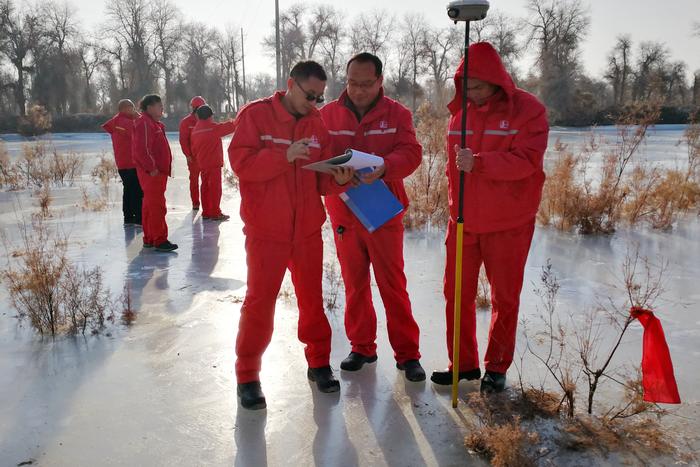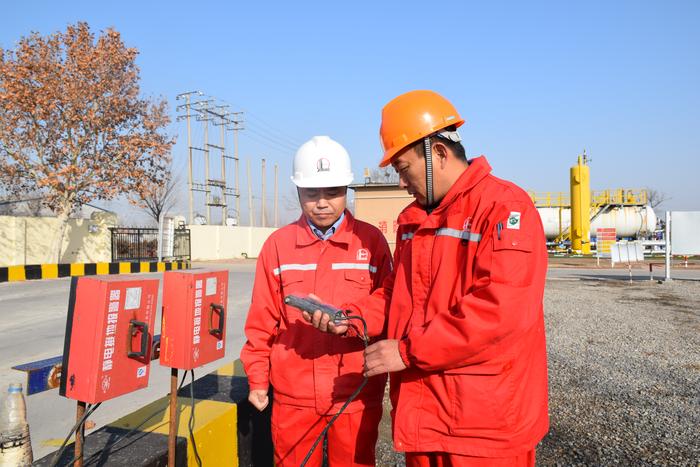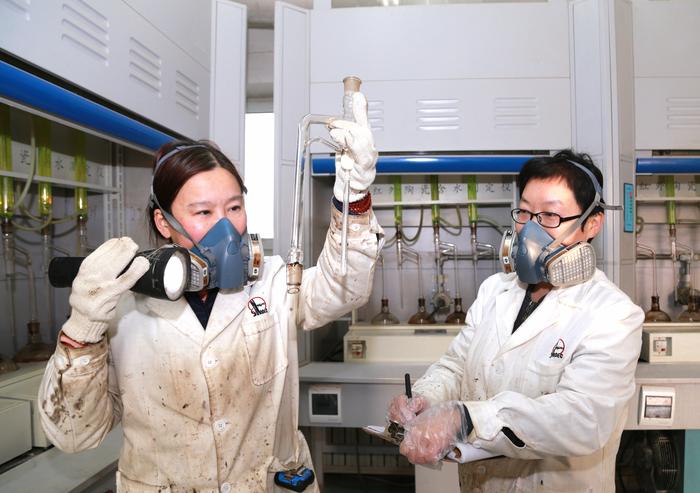|
| 2020-01-08 来源: 中国石化新闻网 |
| 石化新闻 |
|
据烃加工网站1月6日消息 自2008/09年经济衰退以来,美国制造业和货运运输业去年遭受了最严重的经济放缓打击,能源消费出现明显下降。 在截至2019年9月的9个月内,工业用户对电力、天然气和柴油的使用均出现大幅下降,或至少大幅放缓。 据美国能源信息署(EIA)统计,7-9月,工业用户总能耗同比下降1%。 这是自2015/16年中期制造业放缓以来以及2008/09年经济衰退之前的最大降幅。 总的来说,第三季度工业消费者的用电量比去年同期下降了近5%,这是自经济衰退以来最大的降幅。 根据天气(影响供暖和制冷需求)和经济状况,电力消耗显示出许多短期变化,因此必须谨慎解释数据。 但工业用户的消费显示,第三季度的放缓比住宅用户的放缓要明显得多,这表明大部分疲软是经济方面的,而不是与天气有关。 与电力相比,工业用户的天然气消费量继续增长,主要原因是石化生产商的需求强劲增长。 即便如此,7-9月天然气消费同比仅增长0.75%,低于2018年初7%的同比增速。 吴恒磊 编译自 烃加工 原文如下: U.S. energy consumption hit by economic slowdown U.S. manufacturers and freight haulers were hit last year by the sharpest slowdown since the 2008/09 recession and it filtered through into a noticeable dip in energy consumption. Use of electricity, natural gas and diesel by industrial customers all showed large declines, or at least sharp slowdowns, in the nine months ending in September 2019. In July to September, industrial users’ total energy consumption fell 1% compared with the same period a year earlier, according to statistics from the U.S. Energy Information Administration. That was the biggest decline since the mid-cycle manufacturing slowdown in 2015/16 and before that the recession of 2008/09 (“Monthly energy review”, EIA, Dec. 23). Within the total, industrial consumers’ electricity consumption fell by almost 5% in the third quarter from a year earlier, easily the biggest decline since the recession. Power consumption exhibits a lot of short-term variability based on both the weather (which affects heating and cooling demand) and the state of the economy, so the data must be interpreted with care. But industrial users’ consumption showed a much more pronounced third-quarter slowdown than for residential customers, which suggests most of the weakness was economic rather than weather-related. In contrast to electricity, industrial users’ gas consumption continued to grow, mostly because of the strong increase in demand from petrochemical producers (tmsnrt.rs/39H29K0). Even so, gas consumption rose by just 0.75% in July-September compared with a year earlier, down from a growth rate of 7% year on year in early 2018.
|








